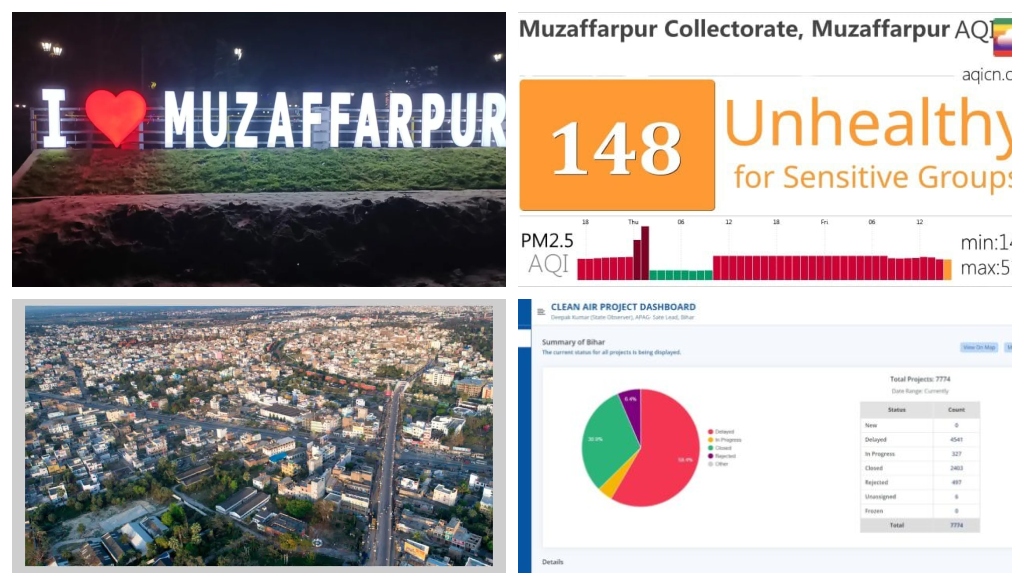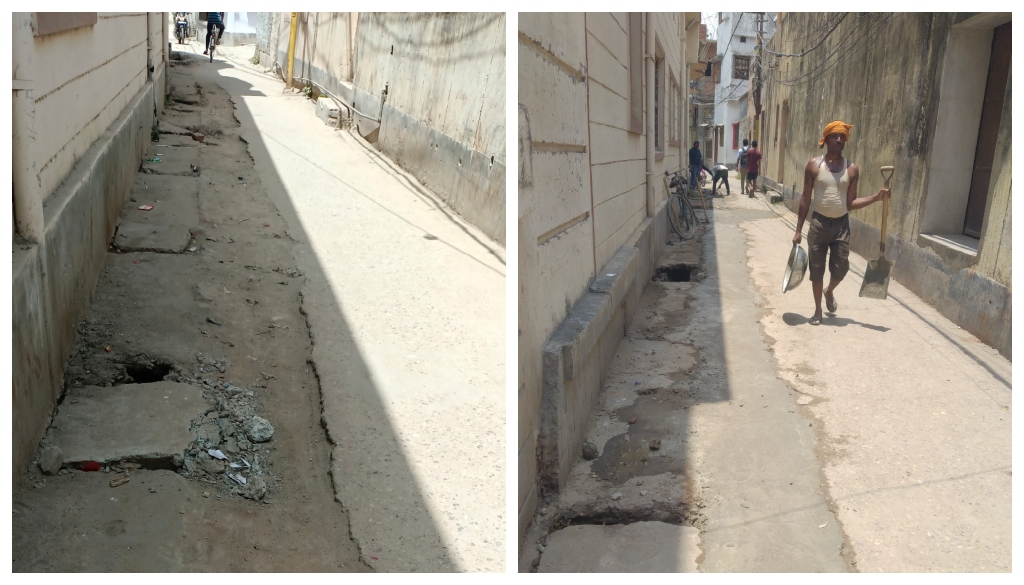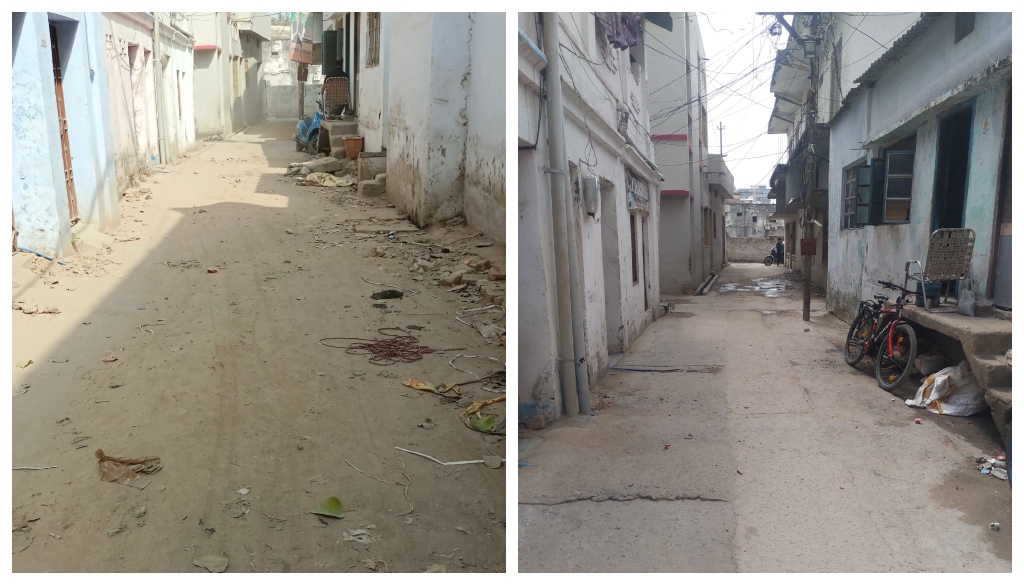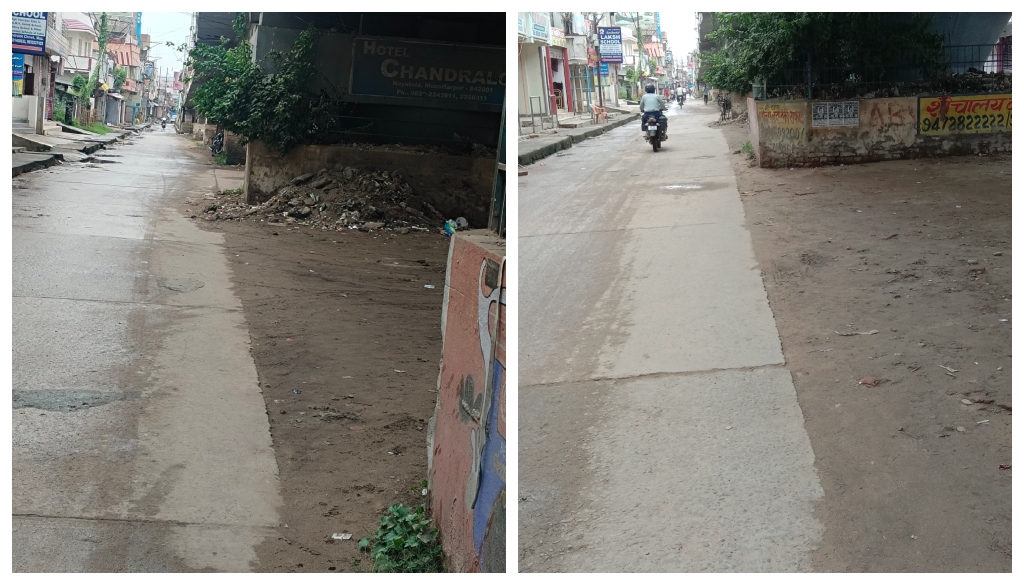From Growth to Grit: How Muzaffarpur is Fighting Back Against Air Pollution

Muzaffarpur: Muzaffarpur, one of Bihar’s fastest-growing urban centres, has experienced rapid commercial growth, bolstered by industrial support from nearby areas such as Bela and Motipur. However, this development has come at the cost of increased urban air pollution. Over the past six years, Muzaffarpur has consistently ranked among the 10 most polluted cities in India during peak winter months, posing significant health risks to its residents.
Much like Patna and Gaya in the Ganga floodplains, the primary cause of poor air quality in Muzaffarpur has been identified as PM 2.5—fine particulate matter that can penetrate deep into the lungs and lead to serious health conditions such as cancer.
In response to this escalating crisis, the Air Pollution Action Group (A-PAG) launched the Dispersed Sources Program (DSP) in Muzaffarpur in April 2022, in collaboration with the Muzaffarpur Municipal Corporation and the Road Construction Department.
The Dispersed Sources Program (DSP)
Dispersed source pollution stems from diffuse origins, including malba (debris) on public land, garbage and biomass burning, and dust from construction activities. While these individual sources may not seem significant, they collectively contribute large amounts of pollutants to the air.
The DSP, supported by the Bihar State Pollution Control Board (BSPCB), utilises the Clean Air Dashboard—a web-based monitoring tool designed to track and mitigate dispersed sources of pollution in the city. Launched in Muzaffarpur after its initial rollout in Patna in March 2021, the Clean Air Dashboard focuses on issues such as solid waste and biomass burning, potholes, non-compliance with construction and demolition rules, and road dust.
Tackling the Issue

Surveyors conduct city-wide assessments, logging issues (or “tickets”) on the dashboard. These tickets are automatically assigned to the relevant officials, who are responsible for resolving the issues within their designated areas. Senior authorities at both the city and state levels can track the status of these tickets, ensuring accountability and facilitating the design of localised strategies to curb air pollution.
Initial Implementation and Challenges
The initial phase of DSP implementation in Muzaffarpur focused on identifying long- and short-term pollution issues across all city wards. Surveyors mapped these issues, and officials worked together to address challenges such as illegal construction debris dumping and uncovered building sites. Fines for violations have helped discourage such practices.
However, early challenges arose due to the lack of familiarity with the dashboard among users and the already heavy workloads of field-level staff. Persistent efforts to engage the Muzaffarpur Municipal Corporation and improvements to the dashboard eventually led to the successful implementation of the DSP standard operating procedure (SoP). Regular reviews and the appointment of dedicated nodal officers for sanitation and construction have ensured quality project execution.
Growing Success

The DSP has gained momentum, with its agenda actively discussed in high-level meetings such as the District Level Implementation Committee (DLIC) and other departmental discussions. Support from the Chief Secretary and Principal Secretary of the Government of Bihar has expedited the program’s rollout. As a result, the DSP now boasts a 70% rate of quality resolutions in Muzaffarpur as of April 2024.
Despite the program’s success, officials have faced considerable challenges, particularly due to the overburdened municipal workforce. However, ongoing efforts to raise awareness about the dangers of air pollution and continuous monitoring have kept the initiative on track.
Civic Body Lauds Dispersed Sources Program
“Muzaffarpur Municipal Corporation is alert to reduce the level of air pollution in the city. To identify and eliminate the sources of air pollution in the municipal area, the Municipal Corporation is working on the Dispersed Sources Program in collaboration with the BSPCB and A-PAG. Through this partnership, possible sources of air pollution are being identified and resolved. So far, 14,800 issues have been identified in this campaign, and 12,000 have been resolved. With the necessary support from the representatives of A-PAG, Muzaffarpur Municipal Corporation is taking significant steps to control the level of air pollution,” said Vishnu Prabhakar Lal, city manager of the Muzaffarpur Municipal Corporation.
Current Status and Future Goals

As of today, more than 80 users from various departments—including the Muzaffarpur Municipal Corporation, Road Construction Department, and India Oil Corporation—have been onboarded and trained to manage the Clean Air Dashboard. The most frequently reported issues on the dashboard include malba (27%) and open garbage (40%), while categories such as biomass burning and potholes account for fewer complaints.
Sanitation-related issues are being resolved with an 80% closure rate, while construction-related problems, such as potholes, have a lower resolution rate of around 50%. Over 13,000 issues have been identified, with more than 11,000 already resolved.
In the coming months, the focus will be on improving the quality of work and shortening the time required to resolve issues, further advancing Muzaffarpur’s fight against air pollution.







